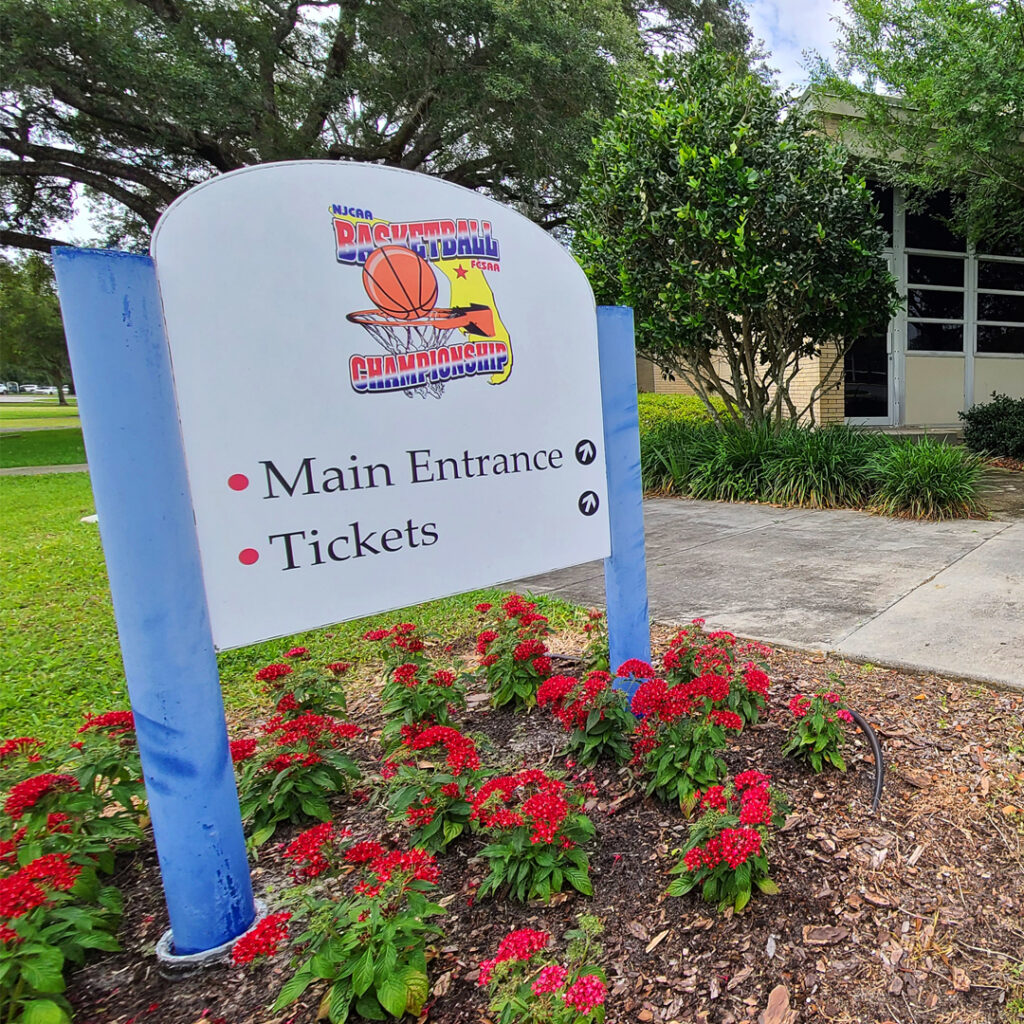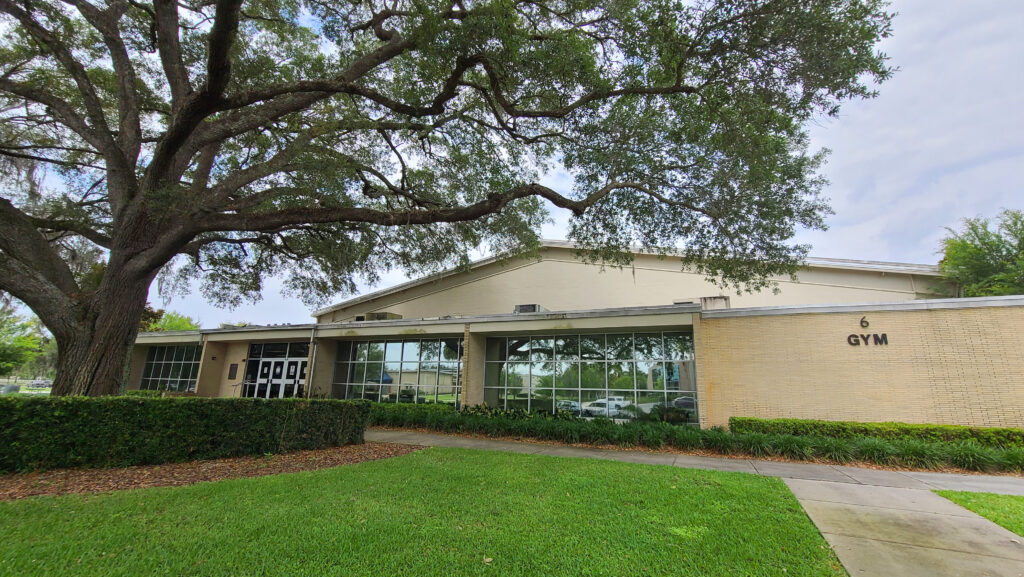$7.8 million for CF health programs survives DeSantis veto

The gymnasium is shown at the College of Central Florida in Ocala, Fla. on May 11, 2021. [Bruce Ackerman/Ocala Gazette] 2021.

The gymnasium is shown at the College of Central Florida in Ocala on May 11. [Bruce Ackerman/Ocala Gazette]
Among the items surviving the veto pen were funding for several projects in Marion County, including the $7.8 million to renovate the College of Central Florida’s gym to a health sciences facility.
“It’s nice that the governor recognized the value of our messaging on critical workforce expansion and the value of this project,” said James Henningsen, CF president.
The gym renovation plans include establishing three new health training programs and expanding a fourth. After renovations, 24,000 square feet will house the respiratory therapist, cardiovascular technician, sonography and surgical technician programs.
The surgical tech program will transition from a certificate program to a two-year Associate of Science degree. The other three fields of study are new A.S. degree programs.
Henningsen said renovation of the gym will take between 12 to 18 months, and work will start immediately.
Before accepting students, the programs would require accreditation, which is a deliberate process. The college plans to start hiring academic staff for the respiratory therapist and cardiovascular technician programs first.
“We can’t start four programs in the same year. We will move forward based on the need,” Henningsen said.
The gym renovation was a backup plan after the Legislature failed to fund a $43 million project to build a four-story health science building at the college. The new construction was approved in 2017, but only $6 million was ever apportioned for the 88,000-square-foot building.
Henningsen said the plan is now to use existing space and build one smaller new facility to make up the 88,000 square feet. Renovation and construction would be done in phases.
The gym was available after the college ended its basketball and volleyball programs in 2020.
Henningsen said existing buildings near the gym could house other health sciences programs. They could open classroom space by offering some general education classes online.
“That would free up space for the critical workforce labs that you can’t teach online,” he said.
The Southeastern Livestock Pavilion received $1 million to help complete the expansions at the facility, including build-out of campsites, a sanitary depository, stormwater infrastructure, entry and exit roadways and additional paved parking areas, according to Marion County.
The money is the latest from the state which has consistently given the facility funding over the years. The site, owned by the county and the Florida Department of Agriculture and Consumer Sciences, hosts hundreds of events, many agricultural in nature, every year. It also hosts the annual Southeastern Youth Fair, one of the oldest fairs in the country dating back to the 1940s.
In 2017, the facility 2232 NE Jacksonville Rd unveiled a 92,000-square-foot covered arena. The $2.17 million project was paid for largely with state funds. The arena was built to host a more diverse number of equestrian and other events.
Two of the three budget items listed for Ocala also survived.
The item struck down was $1 million to help the city’s conversion to pump water from the more sustainable, but deeper, lower Floridian Aquifer. Another $500,000 water project to address leaking sewers made the cut.
Also approved was $1 million for the Southwest 44th Avenue expansion. The road would connect State Road 200 to US Highway 27 with the northern extension of the Southwest 42nd Street flyover. The plan has been stagnant for more than a decade after it was derailed by the 2008 great recession.
Overall, DeSantis described the spending plan as reflecting “a state government that is meeting the core concerns of Floridians,” during a bill-signing ceremony at The Garlic restaurant in New Smyrna Beach.
“Once I sign this budget, we will be signing a budget that responsibly supports our men and women in law enforcement, our K-through-12 education students and teachers, conserves and protects our great environmental and natural resources throughout the state of Florida, but does so in a way that has the lowest per-capita tax burden of any state in the country,” DeSantis said. “If you would have said that a year ago, no one would have believed that that would have been possible.”
State Senate Democrats were quick to note the American Rescue Plan Act, which funneled billions of dollars to the state and bolstered the budget, was approved by congressional Democrats and Biden.
“A big chunk of the $10 billion from the federal stimulus act added to a bounty of transportation and economic development projects all over the state,” Senate Democrats said in a statement. “The money even allowed the governor to dole out $1,000 bonuses to law enforcement, firefighters, and other front-line emergency workers. Unfortunately, as he took his victory lap to hand out the bonuses and brag about the many programs rescued as a result of the federal help, the governor never once directed thanks to those who made this possible.”
The budget takes effect July 1.
News Service of Florida contributed to this report.





